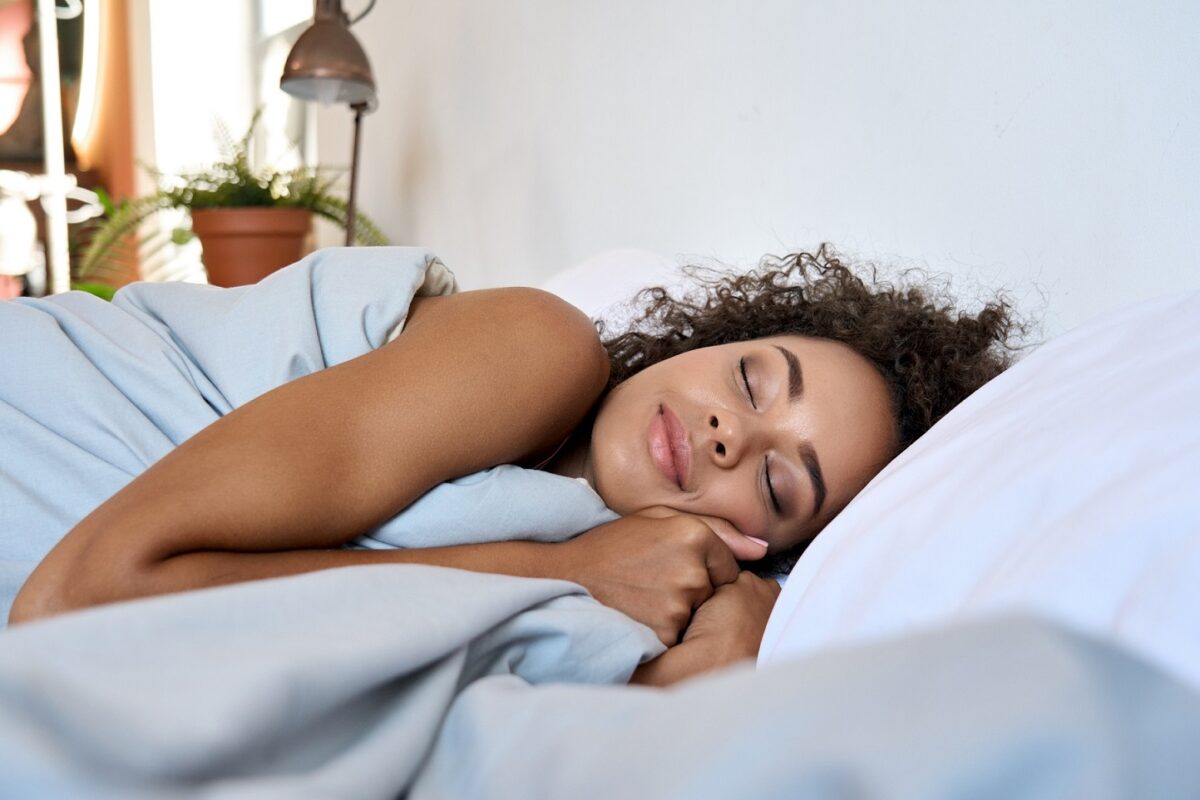Eating disorders: the facts
The most common eating disorders are anorexia and bulimia, and binge eating. Approximately 90% of those with anorexia and bulimia are women, whereas binge eating disorders affect men and women more equally.
Eating disorders are not small or limited problems. They have a profound effect on all aspects of sufferers’ lives – and on the lives of their friends and family. They are extremely complex – they do not have one single cause. Rather, there are a number of identified factors that may contribute to a person developing an eating disorder. These include:
- cultural factors (thin represented as the ideal body shape)
- family factors (attitudes and communication)
- biological factors (genetic predisposition)
- individual factors (personality type, struggling with self-identity or image)
- precipitating factors (life events, especially traumatic ones)
It is thought that a combination of these factors may cause eating disorders in some people.
Having an eating disorder is much more than being on a diet. It is important to understand that eating disorders are serious medical and psychological problems.
What is anorexia?
Anorexia nervosa is identified by a drastic weight loss from dieting. People suffering from anorexia have a greatly disturbed body image and an intense fear of becoming overweight. Even when they are dangerously underweight, they feel that they are overweight. For most people with anorexia, eating and unusual eating habits become an obsession. Most will avoid certain foods and meals and they may carefully weigh and control the portions of their food. Over-exercising is another characteristic of anorexia. Many people with anorexia may also develop binging and purging behaviours over time.
What is bulimia?
People with bulimia have secretive episodes of binge eating followed by self-induced vomiting. They may also fast, may use laxatives or diuretics, and may exercise excessively to lose weight. They will often binge several times a week, where they may consume hundreds to thousands of calories in a matter of minutes or hours. The weight of a person with bulimia may go up and down quite a bit.
What is binge eating disorder?
Like people with bulimia, those with binge eating disorder (also called compulsive eating) have episodes of secret binge eating (where they eat as much as they can). However, they do not purge. The condition tends to be more common in people who are overweight, although the exact relationship between weight and binge eating disorder remains unclear. People who have the condition are also more likely to have a psychiatric disorder like anxiety or depression.
It is important to understand that eating disorders can be managed with appropriate medical and psychological treatment.
All material copyright MediResource Inc. 1996 – 2023. Terms and conditions of use. The contents herein are for informational purposes only. Always seek the advice of your physician or other qualified health provider with any questions you may have regarding a medical condition. Source: www.medbroadcast.com/healthfeature/gethealthfeature/Eating-Disorders

At the ELNA Medical Group, we help you eat healthier by providing comprehensive nutrition services to support and guide you in treating various eating disorders.
Follow us on instagram : @ELNAMedical


